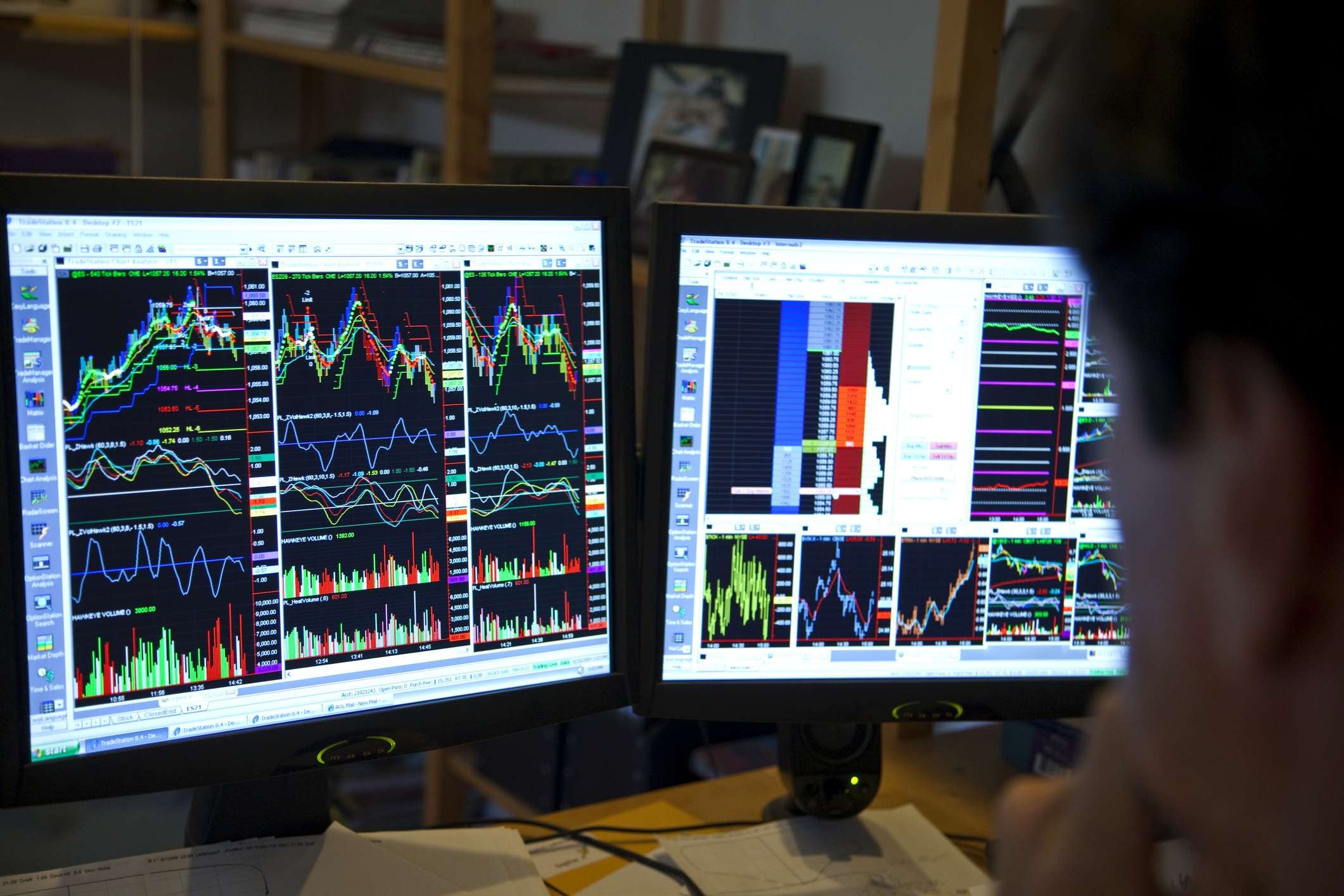We’ve seen quite the market meltdown in the last 24 hours, in the aftermath of a raft of rate hikes from the Federal Reserve, Swiss National Bank and the Bank of England.
With the European Central Bank also stirring from its slumber in looking to start raising rates next month, the one way bet which was the US dollar is now facing competition when it comes to sequential rate rises from central banks.
This perhaps help explain why, despite the Fed’s outsized rate rise on Wednesday, that the US dollar came crashing off, along with equity markets more broadly.
The actions of the SNB contributed to this US dollar meltdown, catching the market completely unawares, hence the huge move seen in the Swiss franc which has torn its way through a raft of stop losses causing complete carnage on the way.
The actions of the SNB are also notable in that they mark a significant shift in policy, from a very dovish position, as well as posing the biggest risk to equity markets more broadly.
Unlike the ECB or Bank of Japan the SNB holds a sizeable portfolio of US shares, particularly in the tech space, notably Apple, Microsoft, Amazon, Tesla and Alphabet, which represent over 20% of the SNB’s holdings. If they continue to raise rates, then an unwind of this portfolio could see further moves to the downside.
Yesterday saw the FTSE100 post its biggest one-day loss in three months, as well as closing at a three-month low, and has put it on course for its worst weekly performance since early March.
The rest of Europe fared little better, also closing at three-month lows, while markets in the US also underwent a torrid session, with the Nasdaq 100 closing at its lowest levels since late 2020, as fears increased that the US economy is heading towards a recession, or could already be close to a technical recession, having seen an economic contraction in Q1.
Some of the recent economic data isn’t helping after steep falls in building permits and housing starts for May yesterday, while manufacturing activity also showed a sharp drop in the June Philadelphia Fed business survey.
These recession concerns perhaps explain why US treasury yields, after being higher on the day, fell back into the close, with the US 10-year yield finishing lower on the day, having been up by as much as 20bps at one stage.
This morning it was the turn of the Bank of Japan to make its own monetary policy decision, and thus far it has steadfastly refused to join the party when it comes to hiking rates, or even looking at tightening policy. Its headline inflation rate is like the Swiss inflation rate at 2.5%, however unlike the franc, the Japanese yen is down over 12% year to date against the US dollar. The central bank said it continue to expand the monetary base until the year-on-year rate exceeds 2% and stays above target in a stable manner. It’s currently at 2.1%
The pound had a strong day yesterday, despite the Bank of England hiking by a meagre 25bps when it was clear that a much bigger hike was needed. Despite some fairly muddled guidance which stated that the bank would act “forcefully” on inflation if necessary.
They then followed that up by saying they expect inflation to peak at an eye watering 11% by year end, an upgrade from its previous 10%, begging the question as to what level of inflation would justify more forceful action.
Nonetheless markets appear to be pricing the likelihood that the Bank of England will have to become much more aggressive when it meets next in August, where there will also be a press conference, as well as new grimmer forecasts. Current market pricing is for another 1.75% by year end, which seems a little on the optimistic side given the Bank of England’s rather chequered track record on guidance, and the fact that the MPC has never hiked by more than 25 bps in its 25-year history. With 4 meetings left this year, we’d need to see at least three consecutive 50bps rate moves to get to 3% by year end.
With Asia markets also trading lower, US futures are enjoying a bit of a rebound which means today’s European open looks set to be a positive one.
Today’s data docket looks set to see EU CPI for May confirmed at 8.1%, and core prices at 3.8%.
EUR/USD – the failure to break through the support at 1.0340/50 has seen the euro rebound strongly with the potential to move up towards trend line resistance from the highs this year, which comes in at 1.0700.
GBP/USD – we could well have seen a short-term base for the pound having failed to push below the 1.1900 area. The failure to retest the lows has seen a short squeeze which could see the pound retest the 1.2450 area, and then on to 1.2650.
EUR/GBP – found support at 0.8510 trend line support from the recent lows in April. We currently have resistance at 0.8630, with a break below 0.8500 targeting the 0.8420 area and 200-day MA.
USD/JPY – appears to have finally run out of steam having failed at the 135.50 area, we broke below 133.00 and now look set for a deeper pullback towards 131.20. A break below 131.00 targets the 129.00 area and 50-day MA.
Disclaimer: CMC Markets is an execution-only service provider. The material (whether or not it states any opinions) is for general information purposes only, and does not take into account your personal circumstances or objectives. Nothing in this material is (or should be considered to be) financial, investment or other advice on which reliance should be placed. No opinion given in the material constitutes a recommendation by CMC Markets or the author that any particular investment, security, transaction or investment strategy is suitable for any specific person. The material has not been prepared in accordance with legal requirements designed to promote the independence of investment research. Although we are not specifically prevented from dealing before providing this material, we do not seek to take advantage of the material prior to its dissemination.






